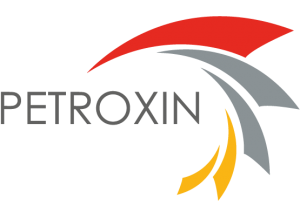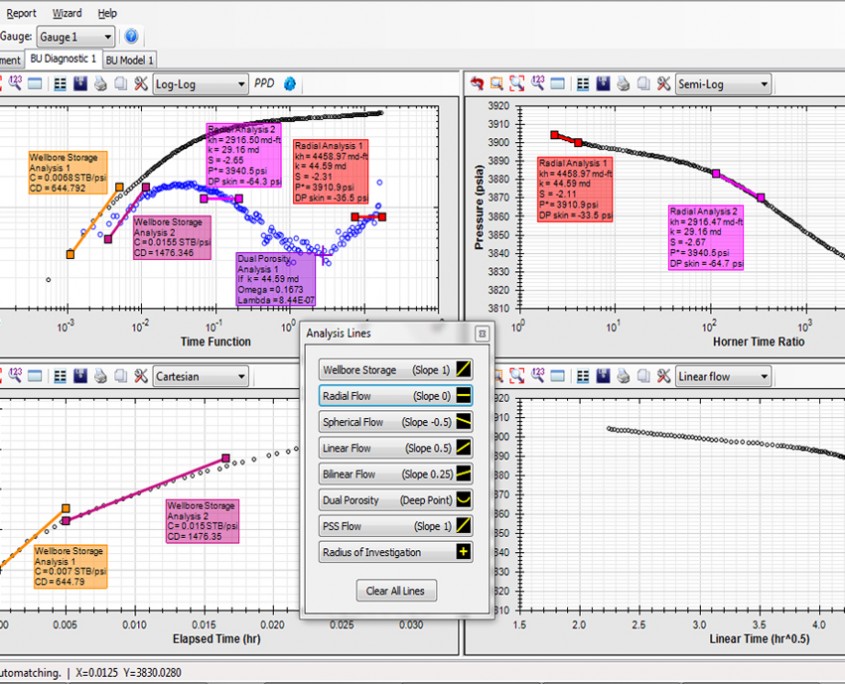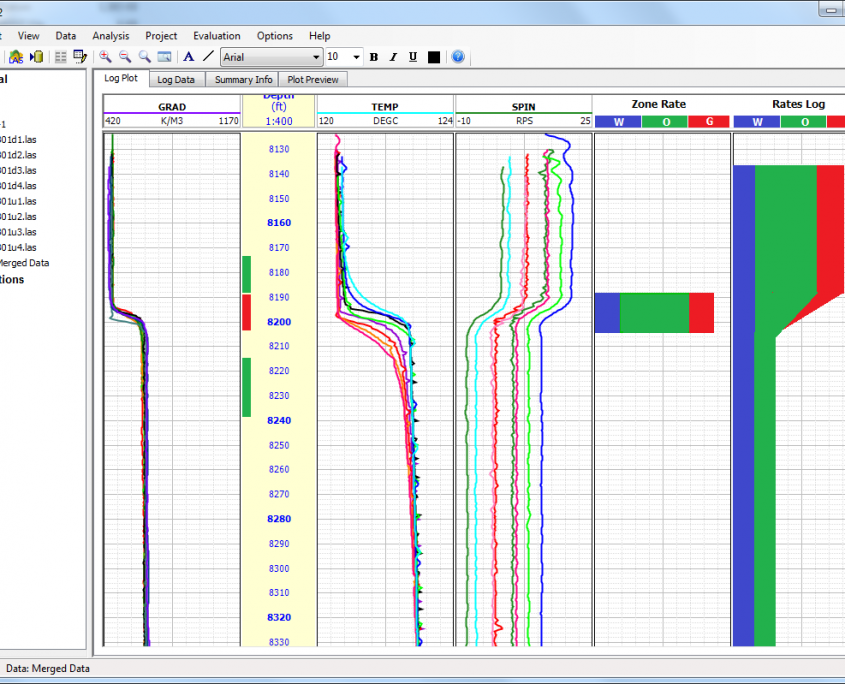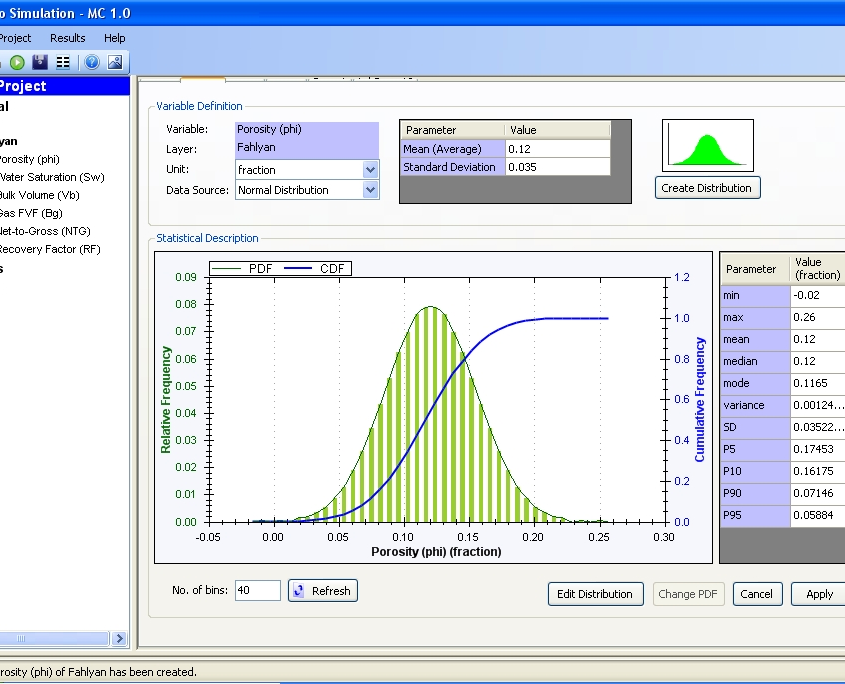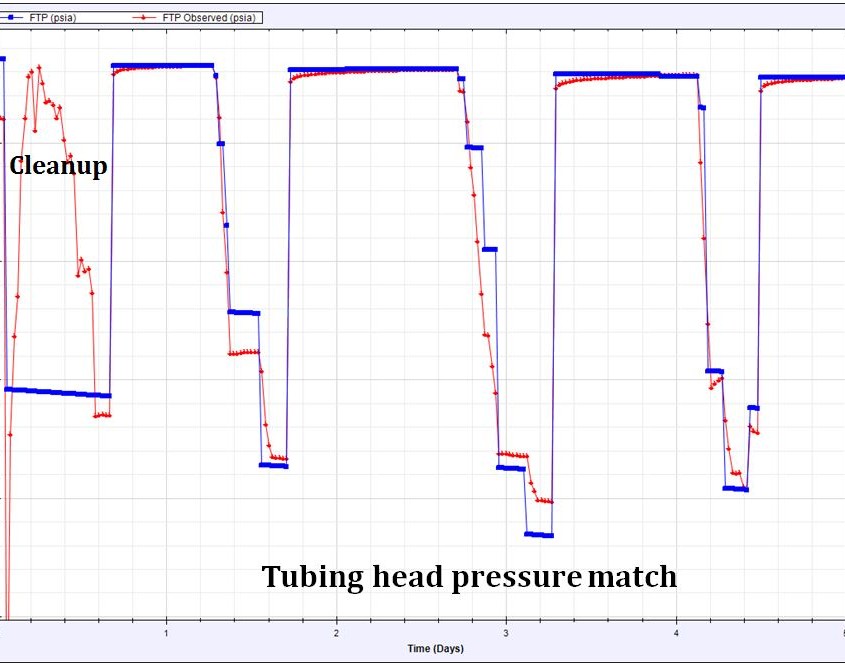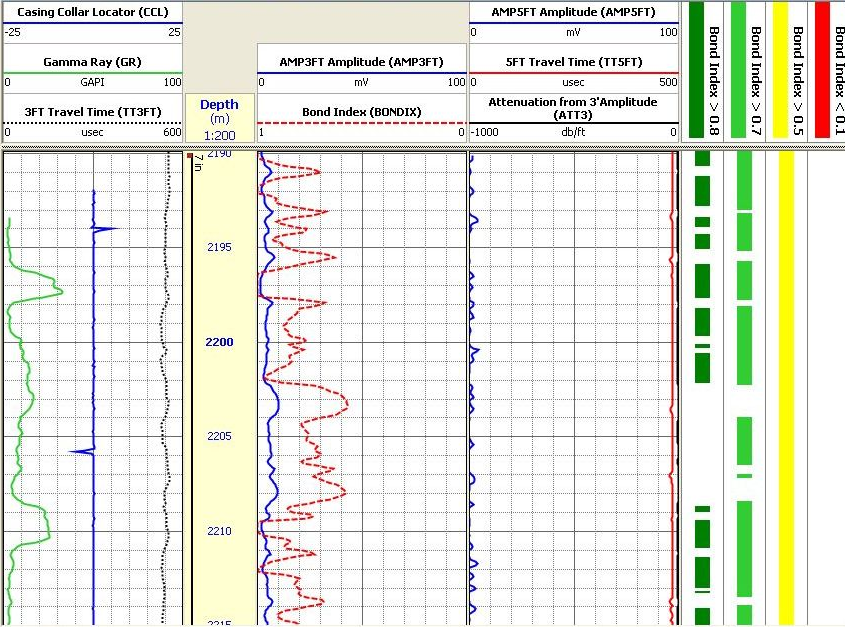Software
Petroxin’s Software Development Team has extensive experience and knowledge in producing reservoir and production engineering software applications and packages as well as identifying clients’ general and project-based software needs. The team is capable of producing stand-alone and network-based applications as well as plugins for major petroleum engineering software platforms.
Through several years of completing projects, we have developed our own software and spreadsheets to integrate our expertise and experiences. PePTA, Petroxin Pressure Transient Analysis is developed to tackle the discrepancy in analysis in well test data and production log data. PeRET, Petroxin Reservoir Engineering Toolkit, was developed and released after the need to a tailor-made reservoir data analysis package was felt in some projects in Middle East.
Our current software applications in reservoir engineering include:
PePTA is a pressure transient analysis software for interpretation of pressure build up, draw downs and back pressure tests. Oil and gas well tests can be easily analysed by means of numerous analysis methods in PePTA.
PePTA has a simple but effective graphical user interface with interactive diagnostic plot of pressure, semi-log derivative, and primary pressure derivative. A variety of specialized plots including semi-log, linear, bilinear, spherical and Cartesian plots are also available. A fluid PVT property calculator is included to provide oil and gas fluid properties.
Both modern and classical analysis methods are included in order to have a more confident well test analysis. The software is based on pressure derivative plots, but conventional methods such as type curve matching and straight line analysis are available as well.
Reservoir engineers usually store reservoir and wells’ data in Microsoft Excel spreadsheets for further analysis. These spreadsheets suffer from lack of a standard format and therefore, cannot be transferred or interchanged between different platforms or disciplines. When the number of wells increases, more log, core, well test, production rate and event data will be available and managing huge sets of data will be even more difficult.
Petroxin Reservoir Engineering Toolkit, PeRET, is a software platform for storing and managing well and reservoir data for reservoir engineering calculations and analyses.
PeREV is developed for volumetric calculations using limited reservoir data. Both deterministic and probabilistic methods are available in PeREV. Monte Carlo and Latin Hypercube sampling can be used for quantification of uncertainty in porosity, water saturation, rock volume and fluid properties data.
Traditional reservoir modeling practices using numerical simulators involve conversion of bottomhole pressures to surface wellhead or tubing pressure using VFP tables. Multiphase flow modeling of well stream is performed by means of interpolation from predefined liquid and gas rates. Simulation of transient flow in the well column is beyond the accuracy of common industry standard reservoir simulators. Liquid loading and accumulation, temperature profile, multiphase flow, and frictional pressure drop are just few examples of phenomena which will be neglected or over-simplified in traditional reservoir modeling.
Cement bond logs are run to evaluate quality of cement behind casings and liners. PeCBL is a user-friendly, quick-look program for quality control and evaluation of cement bond log data. It inputs LAS log files and properties of casings and liners, and calculates free and bonded pipe amplitudes, bond index and minimum interval for layer isolation.
